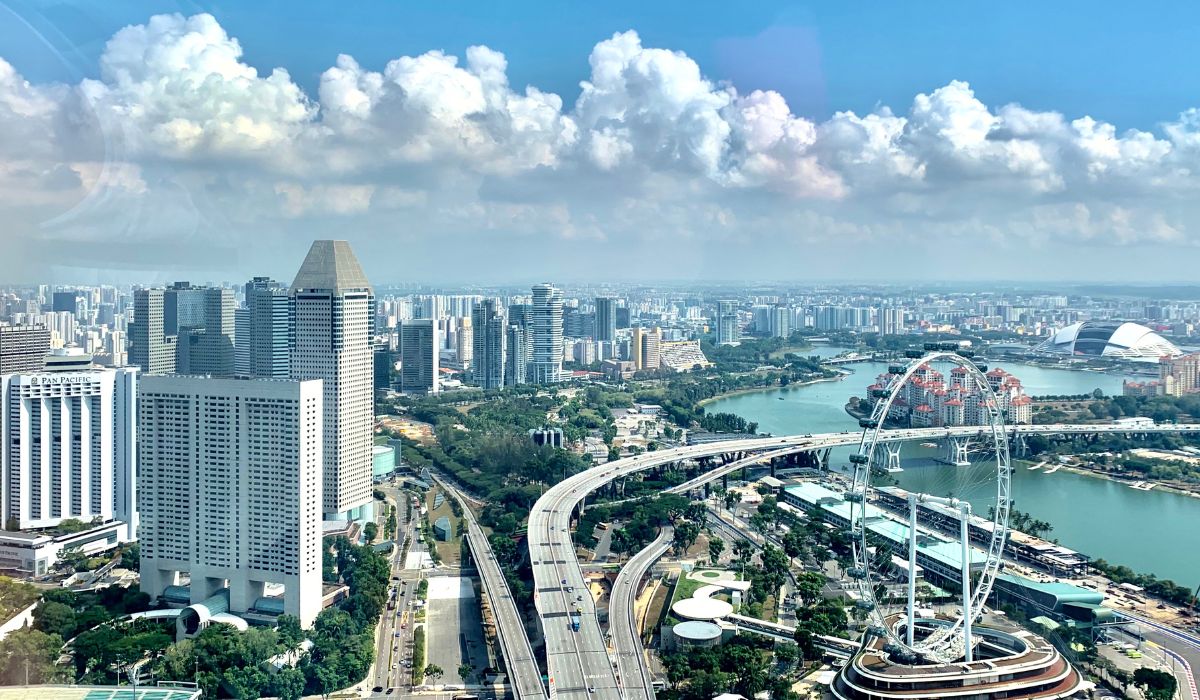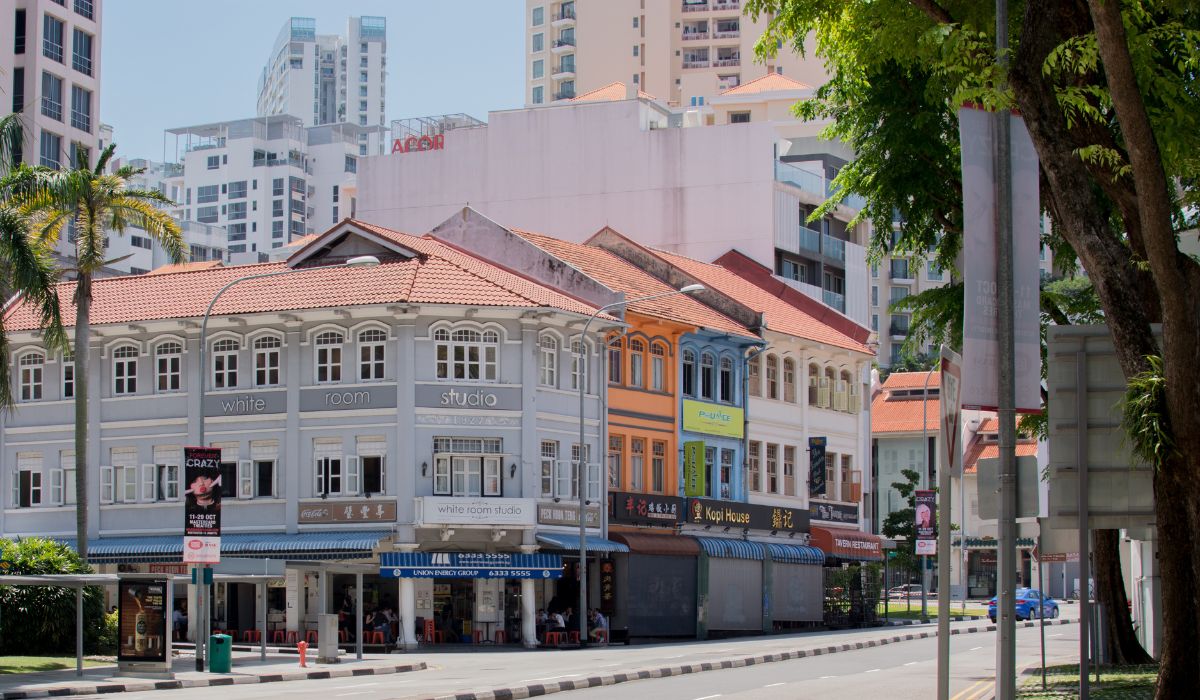SG’s GDP is expected to expand by 1% to 3% next year
The Ministry of Trade and Industry (MTI) has revised its growth forecast for the nation’s economy in 2023, now expecting it to expand by approximately 1%.
This adjustment released on Wednesday comes as a result of subdued external demand, narrowing down from the earlier projected range of 0.5% to 1.5%.
The third-quarter GDP figures, showing a 1.1% year-on-year expansion, surpassed the initial estimate of 0.7%.
On a quarter-on-quarter seasonally-adjusted basis, the economy increased by 1.4%, marking a significant acceleration from the 0.1% growth in the preceding quarter.
“Taking into account the performance of the Singapore economy in the first three quarters of the year – 0.7% year-on-year – as well as the latest external and domestic developments, the 2023 GDP growth forecast for Singapore is narrowed to around 1.0%, from 0.5 to 1.5%,” MTI stated.
Looking ahead to 2024, GDP growth is anticipated to range between 1% to 3%, with expectations of major global economies gradually picking up momentum in the latter half of the year.
Chua Han Teng, an economist at DBS, noted that the third-quarter growth exhibited “nascent signs of stabilisation,” possibly signalling the onset of a gradual recovery. DBS has maintained its 2023 growth forecast at 0.9% and the 2024 forecast at 2.2%.
Growth in the third quarter
In the third quarter, Singapore saw growth due to various sectors, including construction, retail trade, accommodation, and finance alongside insurance.
The construction sector exhibited notable growth, expanding by 6.3% year-on-year, extending the robust 7.7% expansion in the previous quarter. Both public and private construction output contributed to this surge.
Retail trade continued its upward trajectory, growing by 2.2% year-on-year, maintaining momentum from the 2.4% growth in the preceding quarter. Increased sales volumes in both motor and non-motor vehicles were observed during this period.
The accommodation sector surged impressively, boasting a growth of 12.9% year-on-year, building upon the strong 13% growth seen in the second quarter. This expansion was largely fueled by the remarkable recovery in international visitor arrivals, according to MTI.
Conversely, the real estate sector showed a slower growth rate of 3.4% year-on-year, down from the 12.1% expansion in the previous quarter.
However, manufacturing experienced a decline, contracting by 4.6% year-on-year compared to the 7.6% contraction in the earlier quarter. All clusters within the sector faced contraction except for the transport engineering cluster.
“Given subdued external demand, Singapore’s manufacturing and trade-related sectors such as precision engineering and water transport are likely to remain weak for the rest of 2023,” highlighted MTI.
“Meanwhile, resilient labour market conditions will continue to lend support to consumer-facing sectors like retail trade and food and beverage services.”
Chua from DBS emphasised the gradual and fragile recovery expected in Singapore’s manufacturing sector, which contributes significantly to the nation’s GDP.
“Our in-house nowcast model estimate shows a further modest growth improvement in (the fourth quarter of 2023). This is in line with forward indications from the slightly better business expectations survey results for the next six months for October 2023 to March 2024.”
2024 forecast
Next year, MTI anticipates a continued deceleration in GDP growth rates across major economies like the US and Eurozone during the initial half of the year due to persisting stringent financial circumstances. However, a gradual upturn is expected in the latter half.
China’s growth is earmarked to sustain a sluggish trend throughout 2024, likely falling below the levels witnessed in 2023, owing to persistent weaknesses in its property sector.
“At the same time, domestic consumption (in China) and exports growth are likely to remain lacklustre, in line with weak consumer confidence and sluggish external demand respectively,” MTI added.
In Southeast Asia, Malaysia and Thailand are anticipated to experience an upswing in GDP growth for 2024. This optimistic outlook is bolstered by an increase in external demand for electronic goods and resilient domestic demand within these regions.
However, MTI cautioned against substantial downside risks looming over the global economy. The persistence of core inflation in advanced economies may prompt central banks to prolong existing high interest rates, potentially straining the global financial system further.
The worsening of the Israel-Hamas conflict or the war in Ukraine may also lead to renewed supply disruptions and commodity price shocks. This could affect business and consumer sentiments, as well as demand. Ultimately, it may lead to a slowdown in global growth and trade.
That said, MTI assured Lion City’s growth outlook for trade and manufacturing-related sectors in 2024 will improve largely due to the turnaround in global electronics demand.
“A growth in the wholesale trade sector is projected to strengthen on the back of an improvement in external demand for electronic components and telecommunications and computers. If global interest rates start to moderate in 2024, the finance and insurance sector is also expected to post a modest recovery,” MTI said.
Additionally, air travel and tourist arrivals will also support tourism and aviation-related sectors, as well as accommodation and air transport.
“Likewise consumer-facing sectors such as retail trade and food and beverage services are projected to continue to expand amidst resilient labour market conditions.”
More from OMY: MAS expected to maintain policy in January 2024, say experts







